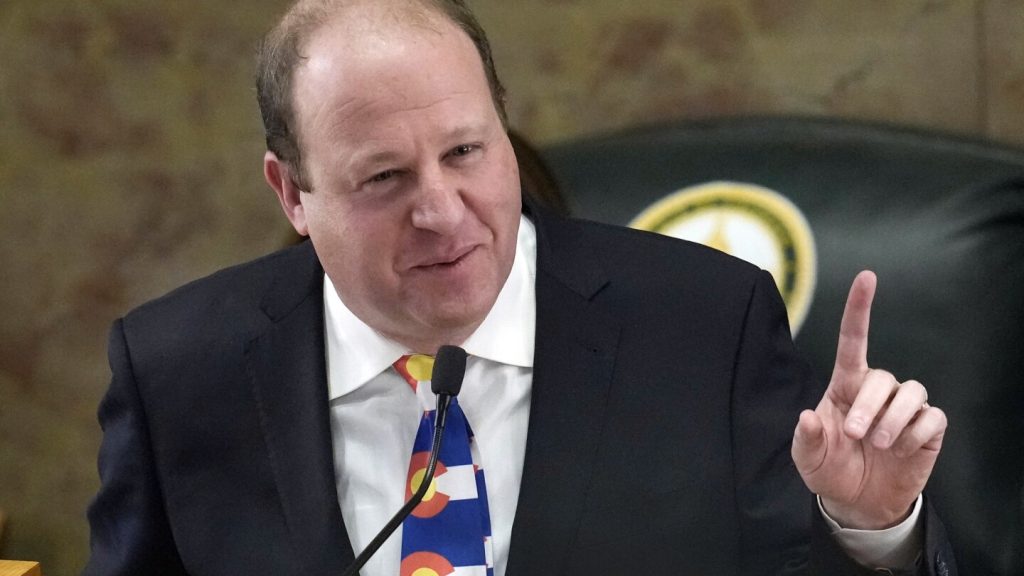Colorado is considering ranked-choice voting, joining Oregon, Alaska, and Nevada in the decision to potentially implement this system in upcoming elections. However, Governor Jared Polis signed a bill that would require ranked voting to be tested at a municipal level before being used statewide if the ballot measure passes. This move has been seen as an attempt to delay or halt the implementation of ranked voting by critics, including the group Colorado Voters First, who have been leading the campaign to put the measure on the November ballot.
Despite the new law signed by Governor Polis, Colorado Voters First remains determined to push ahead with their initiative to allow primary elections to be open to all candidates. Under their proposal, the top four candidates would advance to the general election, where voters would rank candidates instead of choosing just one. Ranked voting is seen as a way to reduce the power of the two major parties and address issues related to hyperpartisan politics. Currently, only two states, Maine and Alaska, use ranked voting for certain elections, and Colorado could become the next state to adopt this system if the ballot measure is successful.
The Colorado County Clerks Association has expressed confidence that if voters pass the ranked voting initiative, implementation can be completed by 2028. This timeline aligns with Governor Polis’ statement that they will work quickly to install ranked voting statewide if the measure passes, with a goal of implementing the system by the 2028 election at the latest. Despite concerns raised by various groups, including Colorado Voters First, the state government is moving forward with preparations for ranked-choice voting in the upcoming election cycle.
Ranked voting has the potential to significantly impact the electoral landscape in Colorado and could lead to a more diverse range of candidates and political viewpoints being represented. By allowing voters to rank their preferred candidates, the system aims to provide a more nuanced reflection of public preferences and reduce the influence of traditional party politics. This shift towards ranked voting reflects a broader national trend towards electoral reform and efforts to address issues related to polarization and gridlock in the political process.
As the debate over ranked voting continues in Colorado and other states, the outcome of the November elections will be closely watched to see how voters respond to this alternative voting system. Advocates for ranked voting believe that it has the potential to promote greater voter engagement and provide a more accurate reflection of the electorate’s preferences. With Colorado now in the midst of this discussion, the future of ranked-choice voting in the state will depend on the outcome of the upcoming ballot measure and the willingness of policymakers to implement this innovative electoral system.


